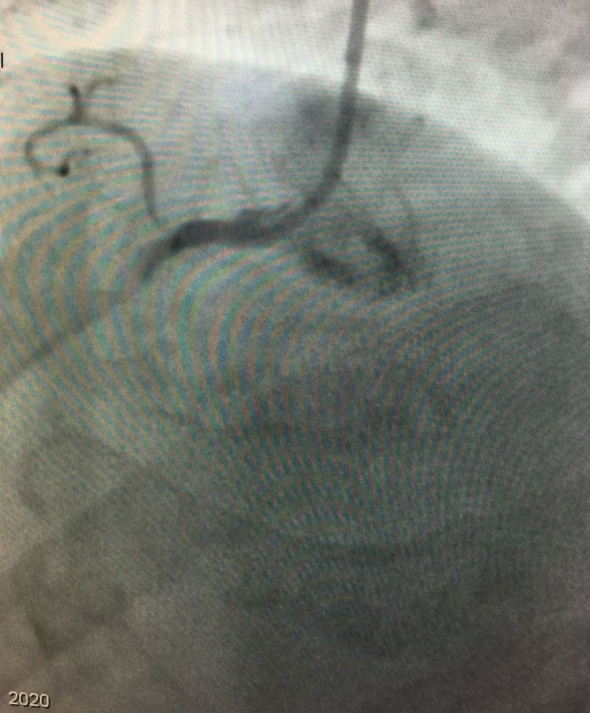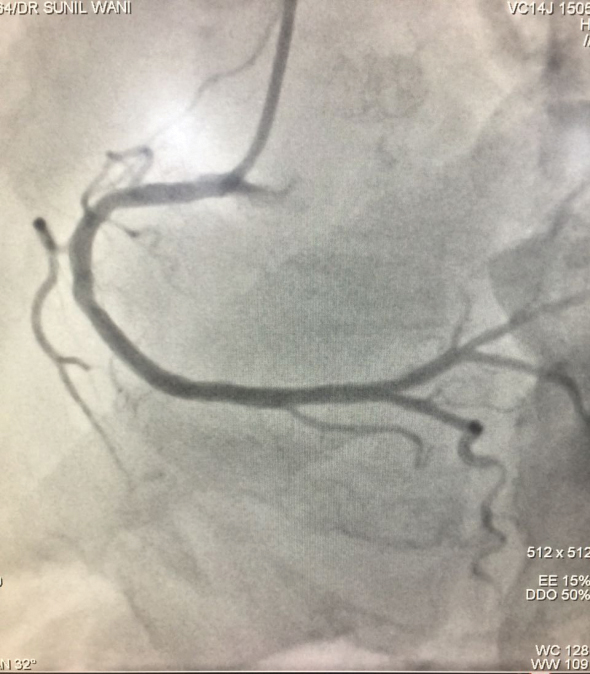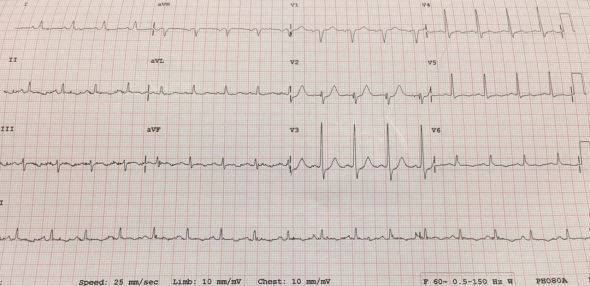The first angioplasty was done 40 years ago. It is a procedure used to open narrow or blocked coronary (heart) arteries. The procedure restores blood flow to the heart muscle.During angioplasty,you’ll be awake most of the time and only sometimes sleepy. We really have come a long way now with many advancements in the field of cardiology and at Kokilaben Hospital, we cadre to all complexities in angioplasties. Here we will discuss an old gentleman who came in a critical situation,salvaged by primary angioplasty.
An 89-year-old diabetic patient presented to our Emergency Department with recent onset chest pain. He suffered from chest pain since a few days but the day he visited hospital,the pain was terrible and lasted for almost half an hour.
Diagnosis & treatment
It was observed that his heart rate was 30 (normal 65 to 90) and blood pressure was 60 (normal is 120) systolic. His oxygenation was also low hence he had to undergo tube placement through his mouth to start the ventilator.He required medicines to support his blood pressure.
His ECG showed a heart attack.After giving injections to increase the heart rate it went just up to 40.Here the family was discussed for critical nature of the disease. They were informed on the possibilities of primary PCI (Percutaneous Coronary Intervention) – emergency angiography and angioplasty versus thrombolysis (medicines that dissolves the clot in the coronary artery). The risks of bleeding and failure of thrombolysis definitely tilt the balance in the favour of primary PCI.
The critical nature of the patient makes any therapy a high risk but if done in time it is life saving. Here we went ahead with primary PCI. His angiography showed 100 per cent blockage of the right coronary artery.We opened the artery and put a medicated stent. The patient stabilised and was discharged in 6 days.
Conclusion: As compared to thrombolytics, primary angioplasty (PCI) is a life saving procedure,especially in elderly, if done on time.Thrombolytics can increase the risk of bleeding and the possibility of drug failure can be a challenge in these subsets. If it fails, Rescue PCI will be required. In this, angioplasty is done when the medicine has failed and there is no alternative but to go ahead with salvage angiography and angioplasty. This will have an increased mortality and morbidity.
Coronary angioplasty




 Back to Site
Back to Site